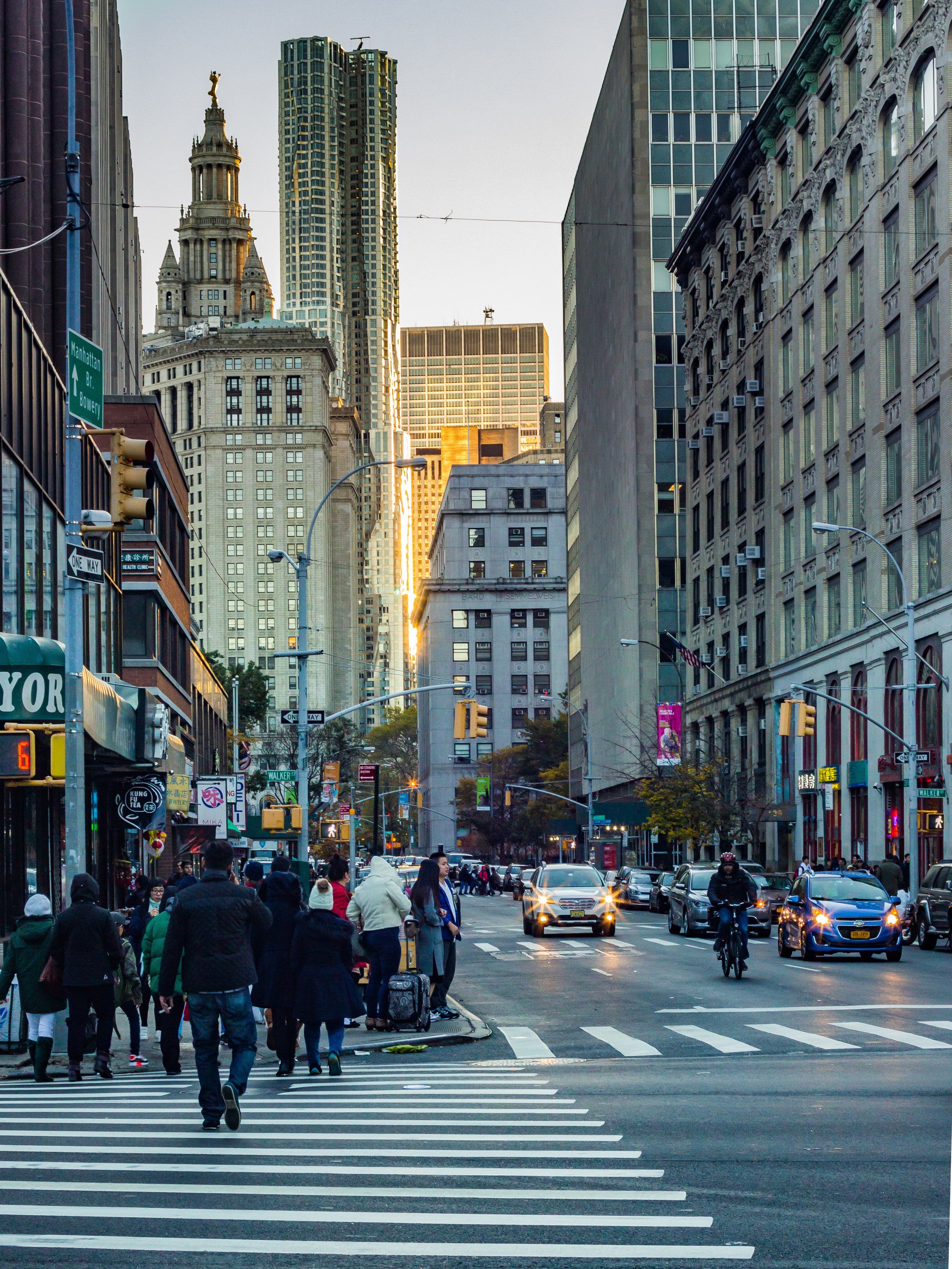Luxury Meets Adventure: The Best Yacht Experiences for Thrill-Seekers
Luxury yachts have long been thought to be just a relaxing experience. However, in recent years they have catered to more of an adrenaline junky. Experiencing the combination of the luxury yacht with pulse-racing activities and adventures is the way to go for thrill seekers.
While champagne toasts and beautiful sunsets are pleasing for many, there are several types of luxury yacht charters that you won’t want to miss. Just like you wouldn’t want to miss EYOS luxury Greenland expedition, let’s talk about it.
Scuba Adventures and Exploring What’s Down Under
State-of-the-art equipment and boats themselves continue to get better each year. Many who board a yacht in the first place are likely a fan of open waters. This is why diving centers have paired up to let guests explore untouched marine worlds through submersibles, scuba diving, and snorkeling.
Think of the beautiful Gold Coast and Great Barrier Reef. Or imagine the blue waters of Hanifaru Bay in the Maldives. If you really want to pump your blood, swim with hammerhead sharks in the Galapagos Islands. Seeing it in person makes the Discovery Channel never look the same.
It’s always best to choose an expedition filled with professional divers and marine biologists who can provide the ultimate safety.
High-Speed Water Sports
What is more fun than hanging out at your own water playground? It’s quite expected that a luxury yacht will come with a few toys. Paddle boards are some of the more relaxing water toys. You can do yoga on them or just pitter-patter in the open waters.
Jet skis have long been a water toy of choice, but now flyboards are usually a part of the deal. You can also have a tender nearby to take you on high-speed trips to the local area. Kiteboarding is best around the Carribean, while Parasailing off the Amalfi Coast will offer world-class views.
Polar Expeditions: Navigating Ice and Wildlife
Polar expeditions have gained popularity because of the magical beauty that they have to offer. The polar regions are chilly, but with the right clothing, nothing rivals spotting polar bears, seals, and penguins. These luxury yachts can offer a warm cup of tea, hot cocoa, or coffee in between kayaking among the icebergs.
Keep in mind the seasons, as yacht adventures here do the best during the summer months. Visit the Arctic from June to September or Antarctica from November to February. Consulting the company before for tips and tricks on what to pack and expect is important.
The polar regions are beautiful but not for the faint of heart. It’s an adventure that requires mental and physical stamina.
Classic island Hopping
Luxury yachts are great for island hopping, which is what the original itinerary of these expeditions set out to do. Remote islands off the beaten path are some of the best adventures you could ask for. Just think of visiting Isle La Mujeres off of Mexico, which has beautiful waters and great culture.
Or head over to some Mediterranean inspiration, where Greek Island hopping is the only thing you should do.
Flying Over the Water
You can get a lot higher than the hovering flyboards. Some luxury yachts offer helicopter tours. Seeing the water below and the area you chose to visit is unparalleled from up above. Places where this would make sense would be places where there are active volcanos or looking at beautiful glaciers after a day of ice climbing.
Don’t Miss the Culture
Just because yachts now offer adrenaline-packed options doesn’t mean anyone should miss out on the beauty and culture. Traveling, whether by land, air, or sea, has long been an opportunity to learn about the world outside your bubble. While yachting used to contain that bubble, now charters allow guests to step outside their comfort zones and really experience the world around them.
Choosing the right tour guide is empirical to having a good time. The more thrill you seek, the more you will want to ensure your hosts have their safety standards all set. Don’t be afraid to ask about what protocols they have in place, so all you have to do as a guest is sit back and relax.










